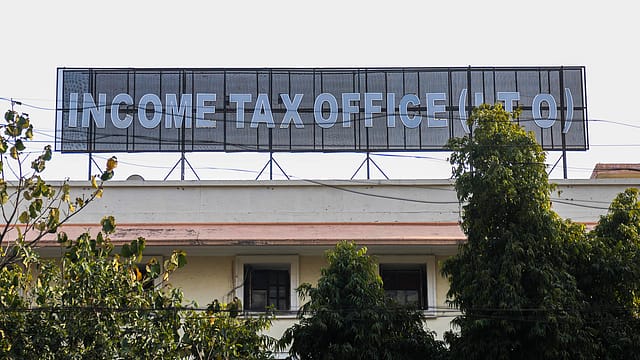CBDT notifies ITR forms for assessment year 2023-24
ADVERTISEMENT

The Central Board of Direct Taxes (CBDT) has notified income tax return forms (ITR Forms) for the assessment year 2023-24. These ITR forms will come into effect from April 1, 2023 and have been notified in advance in order to enable filing of returns from the beginning of the ensuing assessment year, the Ministry of Finance says in a statement.
"In order to facilitate the taxpayers and to improve ease of filing, no significant changes have been made to the ITR Forms in comparison to last year's ITR Forms. Only the bare minimum changes necessitated due to amendments in the Income-tax Act, 1961 have been made," the ministry says.
ITR Form 1 (Sahaj) and ITR Form 4 (Sugam) cater to a large number of small and medium taxpayers. Sahaj can be filed by a resident individual having income up to ₹50 lakh and who receives income from salary, one house property, other sources (interest etc.) and agricultural income upto ₹5,000. Sugam can be filed by individuals, Hindu Undivided Families (HUFs) and firms (other than Limited Liability Partnerships) being a resident having total income up to ₹50 lakh and income from business and profession computed under sections 44AD, 44ADA or 44AE.
January 2026
Netflix, which has been in India for a decade, has successfully struck a balance between high-class premium content and pricing that attracts a range of customers. Find out how the U.S. streaming giant evolved in India, plus an exclusive interview with CEO Ted Sarandos. Also read about the Best Investments for 2026, and how rising growth and easing inflation will come in handy for finance minister Nirmala Sitharaman as she prepares Budget 2026.
Individuals and HUFs not having income from business or profession and not eligible for filing Sahaj can file ITR Form 2 while those having income from business or profession can file ITR Form 3. Persons other than individuals, HUFs and companies i.e. partnership firms, LLPs etc. can file ITR Form 5. Companies other than companies claiming exemption under section 11 can file ITR Form 6. Trusts, political parties, charitable institutions, etc. claiming exempt income under the Act can file ITR Form 7.
Finance Minister Nirmala Sitharaman had proposed five major changes in personal income tax in her Budget speech. The government hiked the income tax rebate limit to ₹7 lakh under the new tax regime. Currently, those with income up to ₹5 lakh do not pay any income tax in both old and new tax regimes.
The FM said that the new tax regime will now be the default regime, however, taxpayers can opt for the old regime.
The government also reduced the number of slabs to five under the new tax regime and raised the tax exemption limit to ₹3 lakh. "An individual with an annual income of ₹9 lakh will be required to pay only ₹45,000. This is only 5% of his or her income. It is a reduction of 25% on what he or she is required to pay now, ie, ₹60,000. Similarly, an individual with an income of ₹15 lakh would be required to pay only ₹1.5 lakh or 10% of his or her income, a reduction of 20% from the existing liability of ₹1,87,500," the finance minister said.
For the salaried class and the pensioners including family pensioners, the finance minister extended the benefit of standard deduction to the new tax regime. "Each salaried person with an income of ₹15.5 lakh or more will thus stand to benefit by ₹52,500," said Sitharaman.
